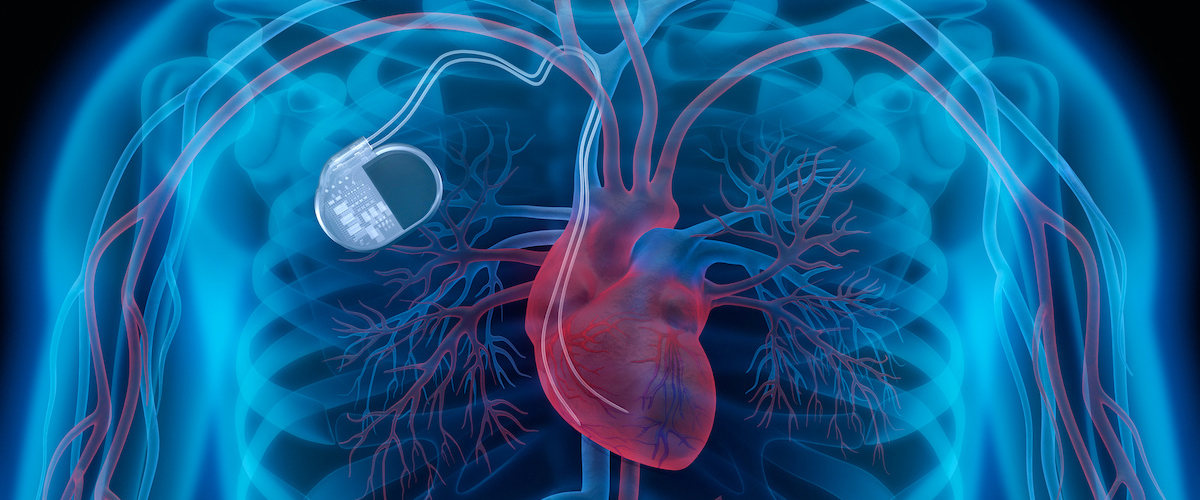A pacemaker is a small battery-operated device (about the size of a half-dollar coin) that physicians use to regulate electrical problems in the heart. There are several types of pacemakers, but they are most commonly used to correct a slow beat (bradycardia).
The unit consists of two parts: a pulse generator and one or more wires called electrodes, or leads. Your physician will place the generator under the skin in your chest (just beneath the collarbone). They will connect the wire(s) to your heart through a major vein.
The pacemaker will monitor your heart’s beat and electrical activity and send an electrical signal to adjust your heartbeat when needed. The pacemaker does not take over the work of your heart; it works only on demand.

WHAT TO EXPECT
Before the procedure, you will have an intravenous (IV) line started in a vein, usually in your hand or arm. This will be used to inject intravenous fluids and medications during your procedure. An anesthesiologist or nurse anesthetist will provide light sedation thru IV to help you relax as well as a local anesthetic at the surgical site as needed.
Your physician will make a small needle puncture at the insertion site in the chest. He or she will insert the lead wire(s) through the blood vessel and gently guide it into the heart. You will need to remain very still for this part of the procedure. When the lead(s) are connected to your heart, your physician will test them. He may use video x-ray to check the location.
Your physician will then attach the lead wire(s) to the generator and slip the generator under your skin through the incision. They will then withdraw the catheter, and you will be taken to a recovery room until the anesthesia wears off. You will be discharged home the same day.